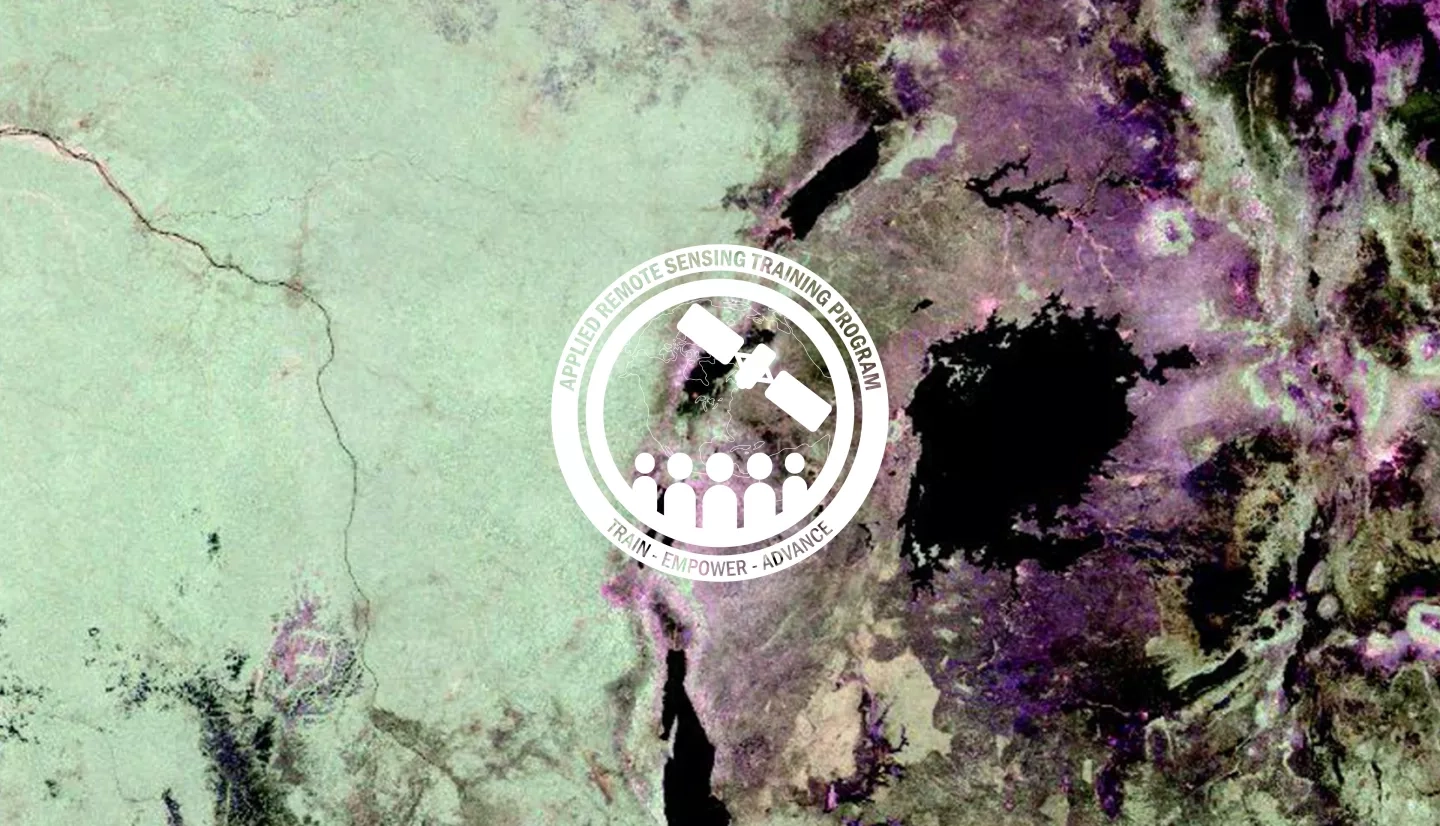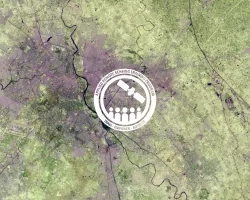Description
August 07, 2018 - August 16, 2018
Optical satellite remote sensing depends on cloudless, well-illuminated areas to produce quality data. This is especially problematic for collecting data during nighttime or when there is cloud cover. Radar is an ideal sensor because of its ability to “see” the surface through clouds or regardless of day or night conditions. In addition, the radar signal can penetrate through the vegetation canopy and provide information about conditions underneath, such as whether there is flooding. Also, techniques such as interferometry can track surface deformation on the order of centimeters, such as displacement caused by earthquakes.
This webinar series builds on ARSET's previous webinar, Introduction to Synthetic Aperture Radar. The training will focus on different techniques such as time-series', polarimetry, and interferometry for mapping and monitoring disasters, water, and land cover applications such as deforestation, crops, flooding, and earthquakes.
By the end of this training, attendees will be able to:
- Use SAR data to map deforestation, floods, crop growth, and surface deformation as a result of an earthquake
Remote sensing users from local, regional, state, federal, and international organizations interested in using SAR for terrestrial applications such as inundation mapping, land cover land use change studies, and surface deformation for volcanic and earthquake activity.
- Four 2-hour sessions
This session will cover synthetic aperture radar (SAR) applications for mapping land cover and land cover change, including deforestation. We will address the challenges encountered when mapping these types of applications, and how to best address them.
Materials:
This session will cover using SAR for mapping flooded areas and flood dynamics in natural and urban environments.
Materials:
This session will cover using cover using SAR for mapping crop growth.
Materials:
This session will cover using interferometric SAR to map surface deformation related to earthquakes.
Materials:



